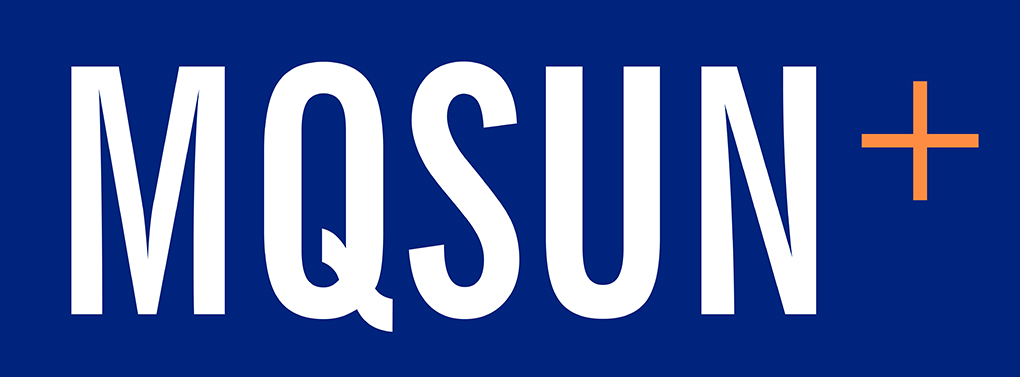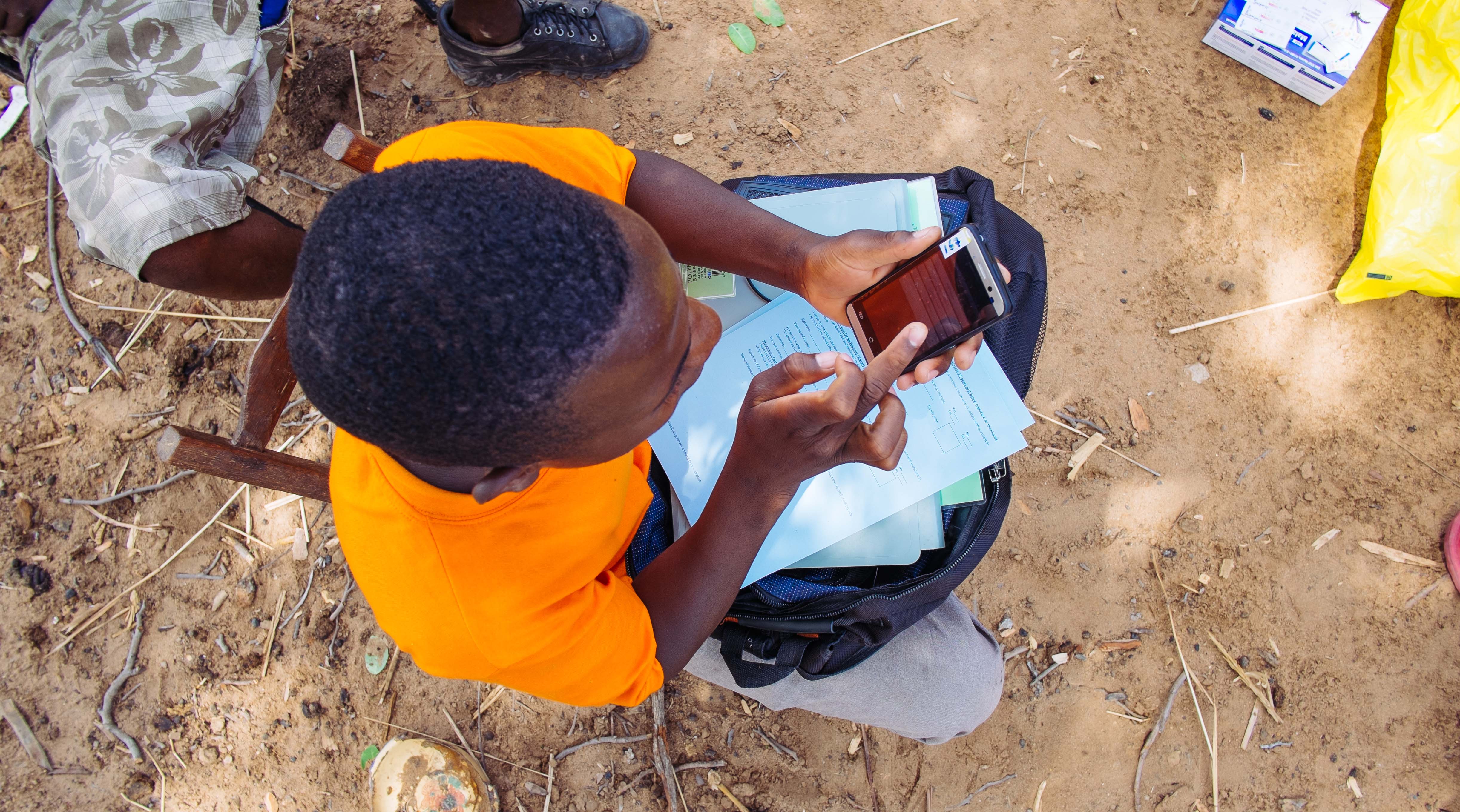This report examines the categorisation of nutrition budget line items prepared by countries, and analyses it across the five key sectoral domains identified in the 2014 Global Nutrition Report (health, education, agriculture, social protection, agriculture and water, sanitation and hygiene). Within each thematic sector, the Scaling Up Nutrition (SUN) Movement Secretariat was able to sub-classify items by ‘typology’, i.e., an additional layer of classification grouping budget line items by ‘type’ of intervention.
As the level of disaggregated data is often unavailable in many national budgets or not easily accessible, a number of assumptions need to be made to standardise the existing data. For example, when budget line items reflected a broader intervention such as an integrated programme for maternal and child health, countries were invited to assign a ‘weight’ as a proxy of the proportion of a particular budget line item that is contributing to nutrition outcomes. An analysis of the weights assigned by 14 countries shows that there is some consistency in the weights countries have assigned to nutrition-sensitive interventions, with the median being 25% for all identified sectors. There is also similar consistency when budget lines are further subclassified into typologies, so by type of intervention within thematic level.
The mean and median of each typology was extrapolated from the 14 countries available (accounting for approximately 50% of the budget lines) to determine the values of weights for the remaining budget lines in the analysis to be able to calculate estimates of total weighted expenditure for a set of 24 countries.
To account for different size economies, the data presenting the allocations were standardised as percentage of countries’ general government expenditure (GGE) and per capita with data from the International Monetary Fund database.


